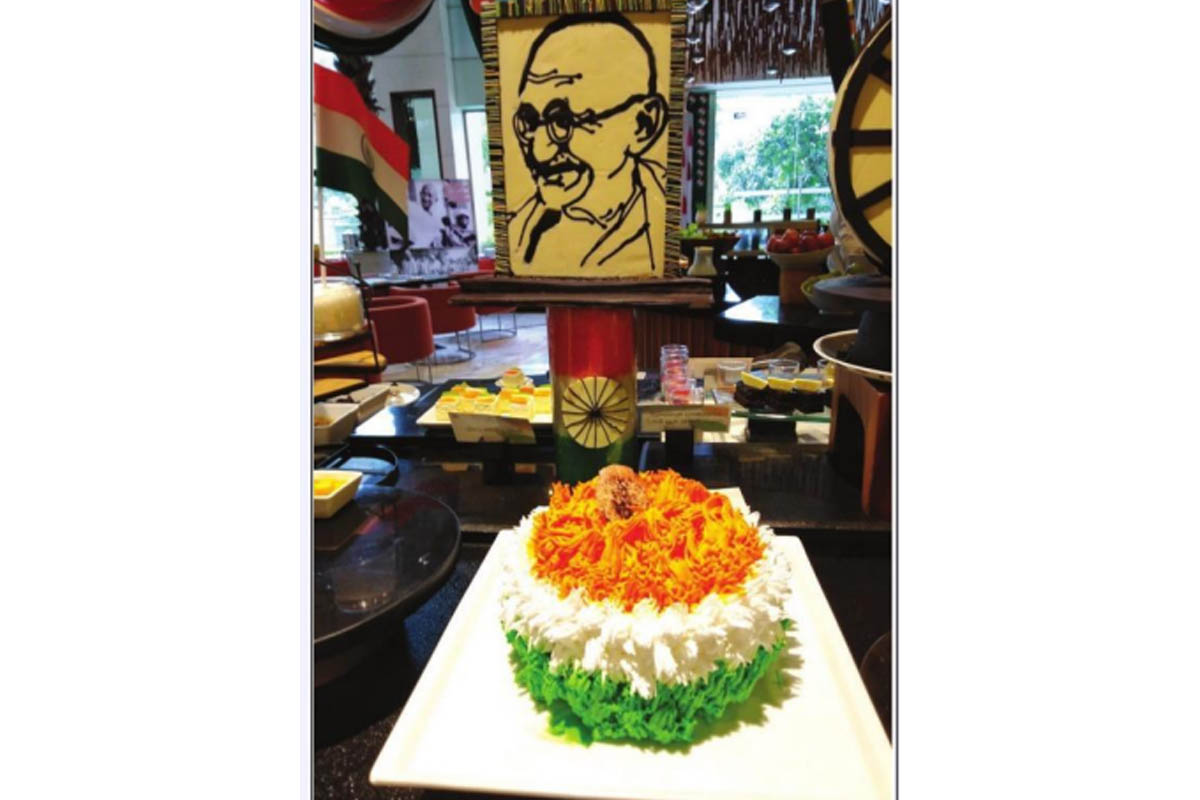Did you know that in pre-Independence India, there was no pan-India cuisine? All the different food forms in the country were divided region wise. That was a time when India was divided into different provinces and all of them shared different tastes. But it was also a time when there was no sign of butter chicken, the most popular food in India today.
To give a perspective about the rich culinary tradition in preIndependence India, The Grand New Delhi is hosting a food festival ~ Culinary Trail between 1857 and 1947. The unique festival showcases exotic dishes from different states of the country in its all day dining restaurant Cascades. The ongoing food festival, which will go on till 15 August, will let guests feast on diverse cuisine from preIndependence times that are prepared with totally unaltered recipes. The traditional vibrancy and diversity of the Indian culture, woven in a flavour of fusion, can be enjoyed at this festival, along with traditional India music played by the hotel’s live band. “We tried to make it as authentic as possible. Moreover, during this festival one won’t find any sign of fusion food,” said chef Anuj Kapoor.
Advertisement
A diverse fare
The festival serves food from different states on different days like authentic food from Kashmir, North-West Frontier, Purani Delhi, South India, Bengal, Punjab, Assam, Pakistan, Burma and so on. Interestingly, every cuisine has a history. Besides the regions, the invasion of India before 1857 by the Mughals and after the 1857 event (“Sepoy Mutiny”), are reflected in significant changes that were observed in the cuisine in different states.
For instance, during the Mughal era, rich royal cuisines like Awadhi, Mughlai and Rampuri evolved, which we still relish. Similarly, during the Raj days, incorporation of British recipes and influence of other European recipes that the Britishers brought with them brought about changes to the Indian food. Most of the dishes that we enjoy now are a result of these amalgamations of different cuisine from foreign lands.
The ongoing food festival showcases the authentic cuisine developed as time progressed from 1857 to 1947. Flavourful dishes like a variety of kebabs, kormas and desserts are served the authentic khansama way, Chaat interactive station and different types of biryanis are presented alongside mouth-watering desserts like Khubani ka meetha, Kala jamun, Chena pai, pista berfi, Moti choor strawberry Rasgulla and many others.
During our visit, Punjab region’s food was being showcased. In the menu they incorporated Moth dal ki chaat, Tandoori gobhi and Rajma ki Shami to begin with, in the veggie section, There was Murg highway tikka, Ajwaine fish tikka in the non-vegetarian section. Our food journey continued with Salgam meat (recipe from undivided India times) in non-veg and Dudhiya kofta, Khate methe baigan, and Lehsoni dal in the vegetarian sections, accompanied by Laccha parantha, Missi roti, Mirchi roti and the traditional Chooza Biryani, and Rajma ka pulao along with achaar (pickle), papad and chutney. An Indian culinary journey never ends without catering to that sweet tooth. So we also followed our great grandparents’ footsteps and savoured Jalebi with Rabri, Pinni, Kalakand and a Three layered fresh fruit cake beautifully decorated in the Indain Tricolours.









